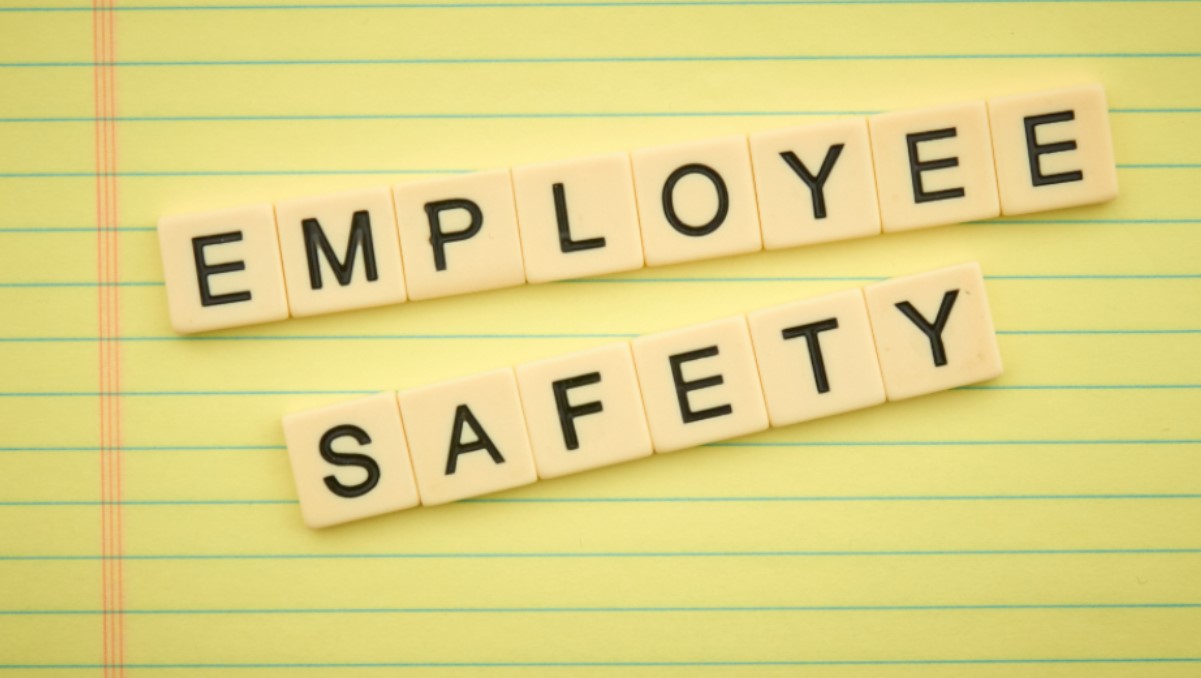Health and safety are a top priority for many businesses today. Not only do they want to ensure that their employees are safe, but they also want to protect the company’s assets. That’s why it’s important for businesses to have a clear understanding of their health and safety responsibilities. In this article, we’ll discuss the key moments when health and safety become an issue, and offer tips on how to address them.
What are the Health and Safety Responsibilities in the Workplace?

The Health and Safety at Work Act 1974 (HSWA) is a UK law that sets out the basic principles that employers must follow when it comes to health and safety in the workplace. These principles are known as the core legislation, and they are mandatory for all businesses with more than 10 employees.
The HSWA applies to all workplaces, from small profitable businesses up to global companies with operations in the UK and throughout the world. It applies to both manual and non-manual work, whether it’s carried out inside or outside of working hours.
There are a number of important obligations that employers have under the HSWA, including:
- Making sure everyone who works in the workplace is properly trained in health and safety matters
- Designing safe workplaces using risk assessments
- Implementing safe systems of work
- Keeping records of accidents, injuries, and incidents If an employer fails to comply with any of the core legislation provisions, they can be fined up to £5,000. They may also be liable for damages caused by their employees’ health and safety breaches.
When Does Responsibility Go from Employee to Employer?

When it comes to the responsibilities of an employee and employer, there are a few key points to keep in mind.
The first point is that every employee is responsible for their own actions, even if they’re working for an organization. This means that an employer cannot be held liable for any injury or damage caused by an employee, whether intentional or not.
Another key point to remember is that employees are ultimately responsible for any taxes that they may owe in relation to their income. This includes any mandatory tax credit rates that their country may have, as well as any other taxes that may apply.
Last but not least, employees must also be mindful of the confidentiality and privacy policies of their employers. If they feel that their rights have been violated in any way, they should take appropriate action in order to protect themselves and/or the organization.
How Do You Handle Unsafe Working Conditions?

If you’re working in an environment that’s unsafe, you have the right to file a complaint with your workplace. Depending on the type of complaint, you may be able to receive compensation for your injuries or damages.
There are a few things to keep in mind when filing a complaint:
- Make sure that you have all of the information you need about what happened and why it was unsafe.
- Be as specific as possible when describing the incidents that occurred. This will help your case move forward more quickly.
- Document everything that took place, from the moment you first noticed something was wrong until the time you filed your complaint. This will help prove your case if something goes wrong during court proceedings.
- Keep copies of all documents and communications related to your complaint, just in case something happens and they get lost or destroyed.
What Happens for a Failure to Follow Health and Safety Communication?

Failure to follow health and safety communication can have serious consequences for both businesses and employees.
If a business fails to adhere to the mandatory health and safety standards set out by law, it can be fined, closed down, or even prosecuted. This is because these standards are designed to protect both employees and the public from harm.
Employees who are not properly protected from hazards may also be injured on the job, and in some cases even killed. Furthermore, if a worker suffers an injury as a result of not following health and safety communication requirements, they may be able to sue their employer for damages.
Therefore, it is essential that businesses take health and safety communication seriously and make sure that all workers are aware of the relevant regulations. Failure to do so can lead to serious consequences for business partners, owners, and employees alike.
Conclusion
While the case we discussed above does not sound like any safe work environment, it is important to keep in mind that no employer is liable for any accident or harm caused by negligence. In other words, even if the company had ignored these safety risks, it cannot be held responsible for an incident that happens because of a lack of proper measures.
The only way you can ensure a safe working environment at your workplace is by ensuring there are all the necessary health and safety measures in place. Moreover, you also need to train your employees on how they should handle emergencies while keeping them updated with new laws and regulations related to health and safety in the workplace too!









Leave feedback about this